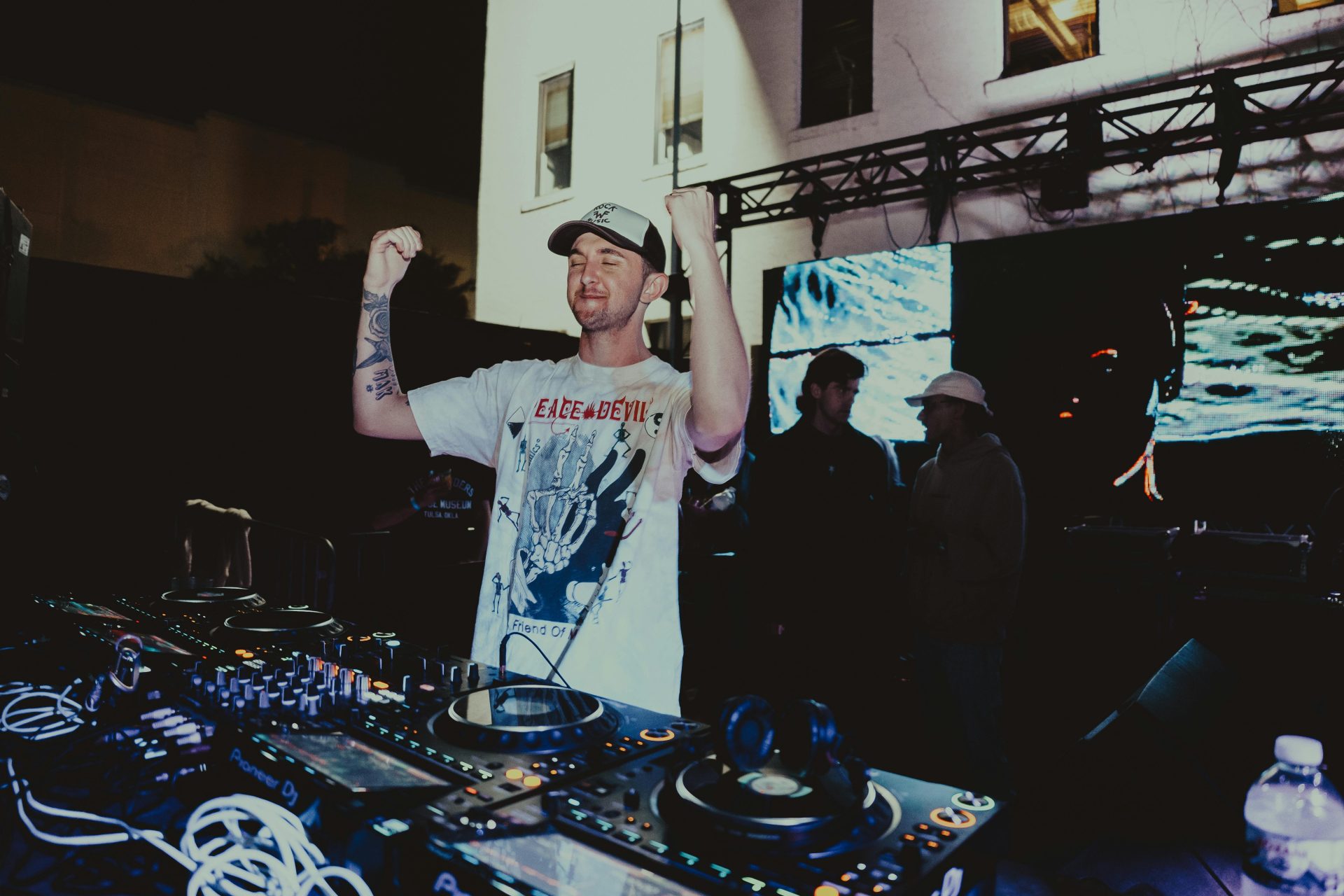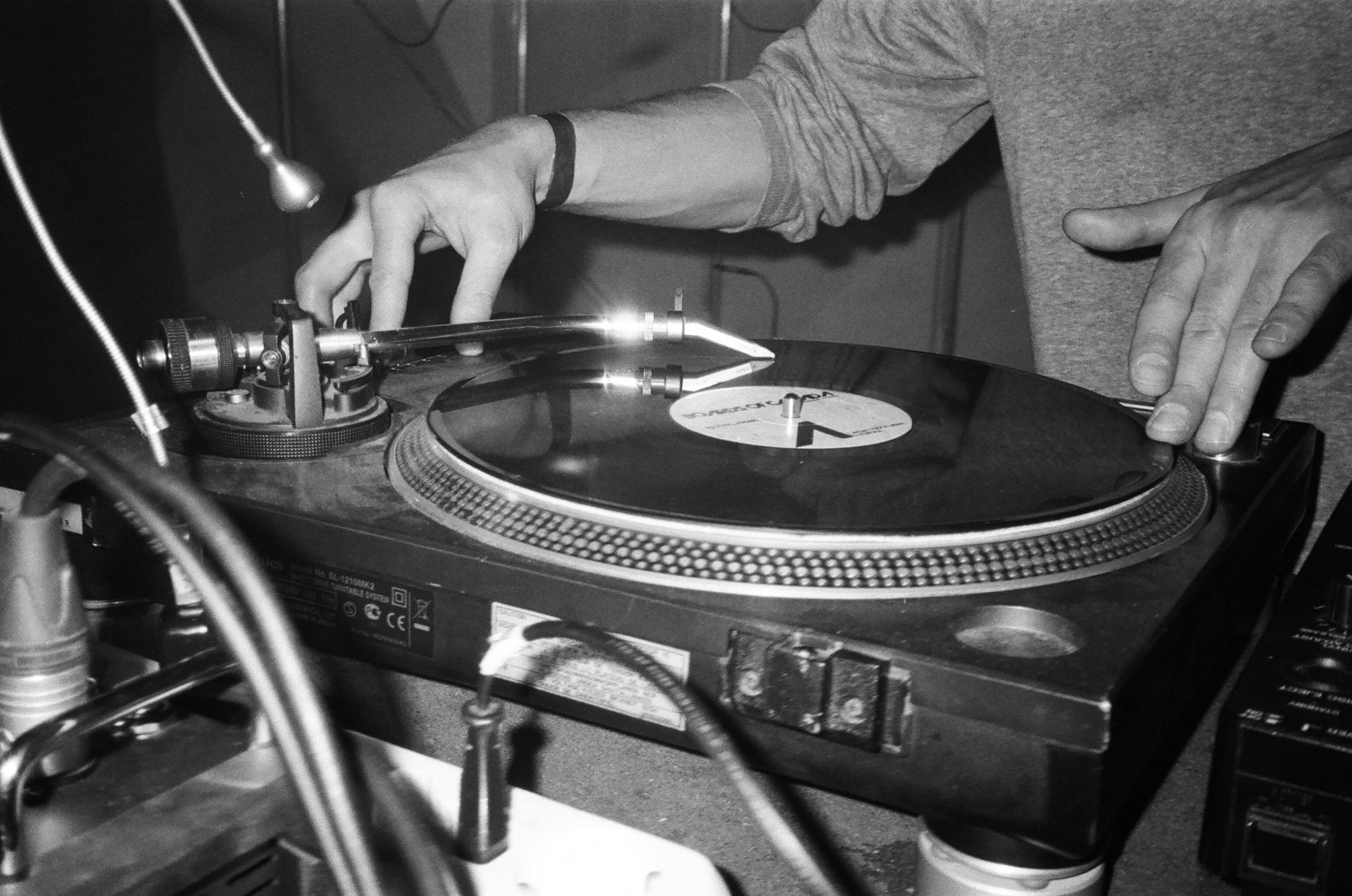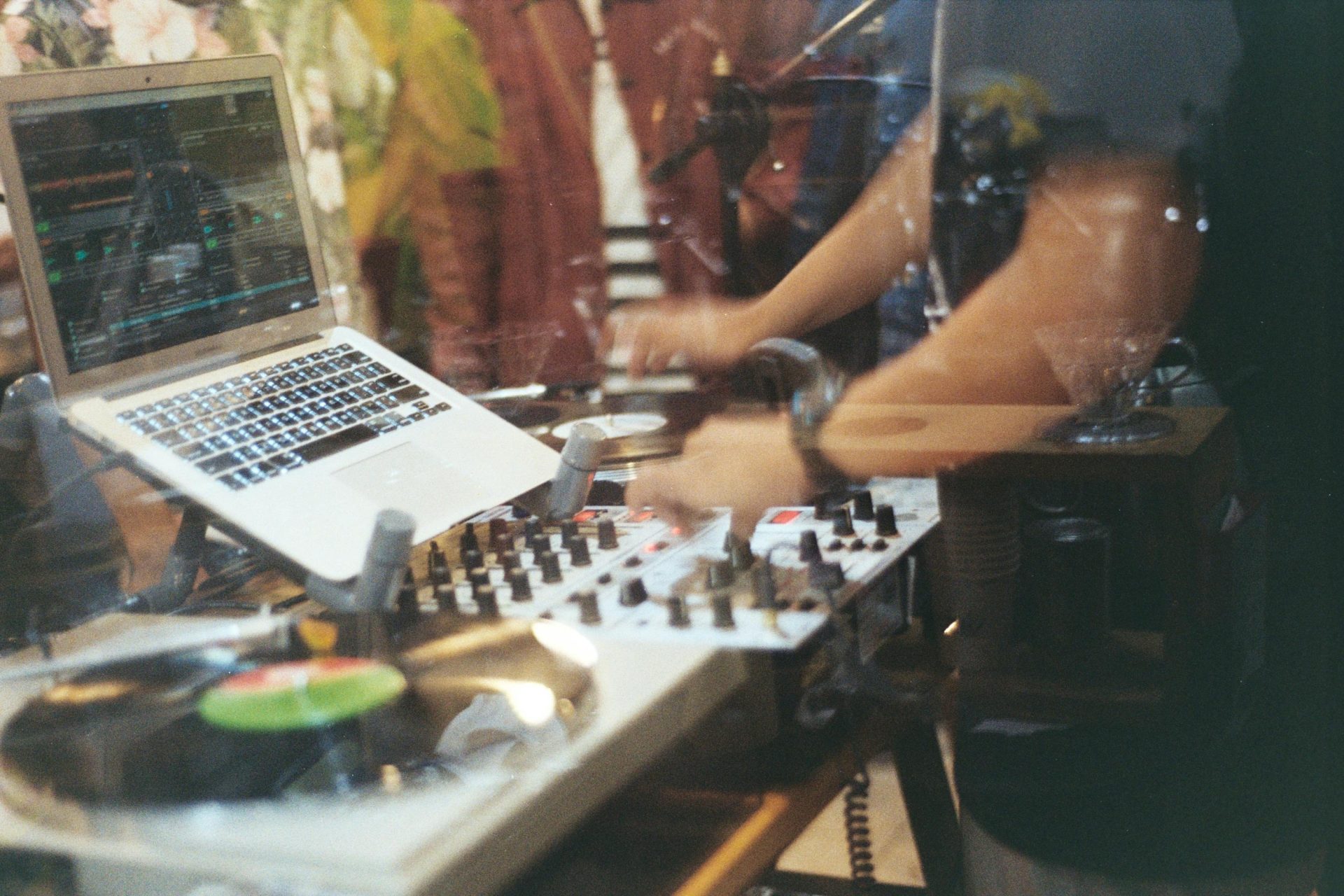Tecktonik, an explosive dance style born in France during the early 2000s, became a defining feature of electronic dance culture. This movement was not just a dance; it represented an entire subculture marked by its distinct aesthetic, energetic movements, and electrifying music. Originating in the clubs of Paris, particularly in the now-iconic Metropolis nightclub, Tecktonik gained traction through its vibrant appeal and its ability to merge fashion, music, and movement into a unified cultural experience.
Tecktonik found its footing in the electro house and hard trance music scenes, genres that were gaining momentum in the underground spaces of Europe. Tracks by artists such as Benny Benassi and DJ Ivanoff became the unofficial anthems of the movement. The pulsating beats and rapid tempos of these genres perfectly complemented the intricate arm movements and fluidity of the Tecktonik style, creating an engaging synergy that resonated with the youth.
The movement’s growth was catalyzed by the power of early social media platforms like MySpace and YouTube. Videos of Tecktonik dancers showcasing their moves began to circulate online, sparking a wave of interest across Europe and beyond. These platforms allowed the style to break free from its local origins and become a global phenomenon, with dancers from diverse backgrounds adding their interpretations to the form.
Fashion also played a central role in defining Tecktonik’s identity. Tight-fitting clothing, neon colors, and angular hairstyles became staples of the style, creating a visual language that was immediately recognizable. This fusion of movement and aesthetic ensured that Tecktonik wasn’t just a dance style but a full-fledged cultural statement that transcended the dance floor. Its emphasis on individuality and self-expression resonated with a generation seeking creative outlets in a rapidly digitizing world.
Tecktonik’s Role in Reshaping Dance Culture
Tecktonik did more than establish itself as a unique dance style; it challenged conventional norms and reshaped the landscape of dance within electronic music culture. At its core, Tecktonik celebrated improvisation, creativity, and self-expression. Unlike more rigid dance forms, it encouraged participants to develop their signature styles, blending fluid arm movements with sharp, robotic gestures that mirrored the beats of the music.
This open-ended approach attracted a diverse audience, ranging from seasoned dancers to complete newcomers. Tecktonik’s accessibility was a key factor in its appeal—anyone could participate, regardless of technical training. This democratization of dance contributed to its rapid spread across social and cultural boundaries. It allowed individuals to connect with electronic music in a physical and personal way, bridging the gap between the performer and the audience.
The influence of Tecktonik extended far beyond the dance floor. Its integration of electronic music and movement inspired other forms of dance, particularly within the EDM and club scenes. Today, elements of Tecktonik can be seen in various modern dance styles, from shuffling to waacking, demonstrating its lasting impact on dance culture. Moreover, Tecktonik helped to elevate electronic music as a performative art form, shifting the perception of DJs from background players to central figures in the cultural narrative.
Tecktonik also challenged traditional ideas about gender roles in dance. Its focus on individuality allowed dancers of all genders to express themselves freely, breaking away from stereotypes and fostering inclusivity within the dance community. This emphasis on equality and self-expression aligned closely with the values of the broader electronic music culture, making Tecktonik a perfect fit for the evolving scene.
The Global Reach of Tecktonik
The rise of Tecktonik coincided with the globalization of electronic music, enabling the style to gain traction in countries far removed from its French origins. As videos of Tecktonik performances went viral on platforms like YouTube, dancers from around the world began to adopt and adapt the style, adding their cultural influences to the mix. This global exchange of ideas further enriched the movement, transforming it into a universal language of dance.
Tecktonik’s influence was particularly strong in regions like Eastern Europe, South America, and Asia, where electronic music was experiencing a parallel surge in popularity. In these regions, Tecktonik served as a gateway for young people to engage with electronic dance culture, often leading them to explore other styles and genres within the EDM spectrum. This cross-cultural appeal highlighted the universality of music and movement, proving that dance could transcend linguistic and geographic barriers.
In addition to its cultural impact, Tecktonik also influenced the commercial side of electronic music. Brands and event organizers quickly recognized the movement’s popularity and began incorporating Tecktonik into their marketing strategies. From clothing lines to music festivals, the style became a symbol of youthful energy and creativity, making it a valuable asset in the promotion of electronic music culture.
Despite its initial explosion in popularity, Tecktonik’s global presence eventually began to wane. However, its legacy lives on in the countless dancers, DJs, and cultural enthusiasts it inspired. The movement demonstrated the potential of dance as a tool for cultural exchange and laid the groundwork for future trends in the electronic music scene.
Tecktonik’s Enduring Legacy in Dance and Music
While Tecktonik may no longer dominate the global dance scene, its influence is still evident in various aspects of contemporary electronic music culture. The emphasis on individuality, improvisation, and inclusivity that defined Tecktonik has become a hallmark of modern dance culture, inspiring new generations of performers and enthusiasts.
Today, the spirit of Tecktonik can be seen in the way dancers approach electronic music. Whether through freestyle battles, choreographed performances, or online collaborations, the movement’s emphasis on creativity and self-expression remains a guiding principle. This enduring influence underscores the movement’s role in shaping the values and aesthetics of contemporary electronic dance culture.
Tecktonik’s impact is also felt in the way electronic music is perceived and experienced. By highlighting the performative aspects of dance, Tecktonik helped to elevate electronic music as an art form, paving the way for new forms of expression and experimentation. This shift has allowed DJs and producers to explore new creative possibilities, further enriching the cultural landscape of electronic music.
Moreover, Tecktonik’s global reach demonstrated the power of digital platforms in shaping cultural movements. The movement’s success showcased the potential of social media as a tool for cultural exchange, setting a precedent for future trends in the digital age. This aspect of Tecktonik’s legacy continues to resonate, particularly in an era where online platforms play an increasingly central role in the dissemination of music and culture.














